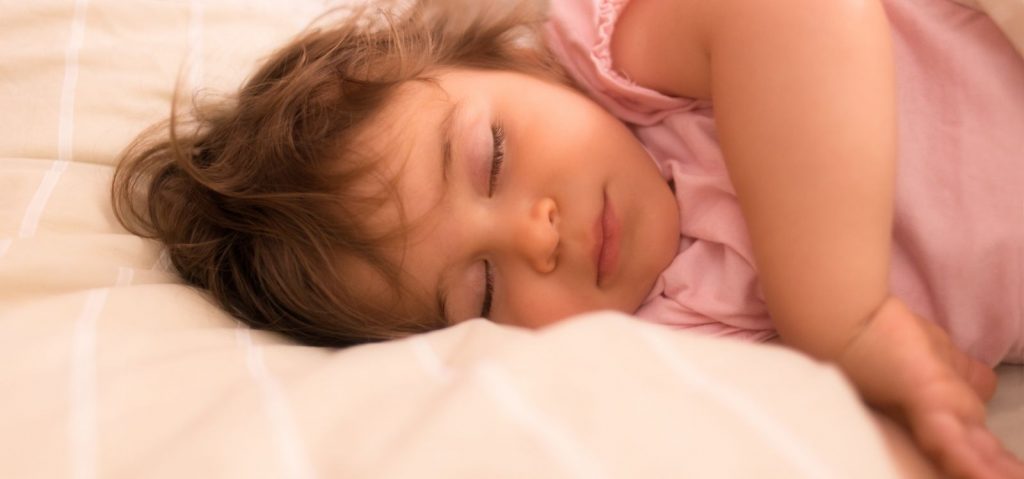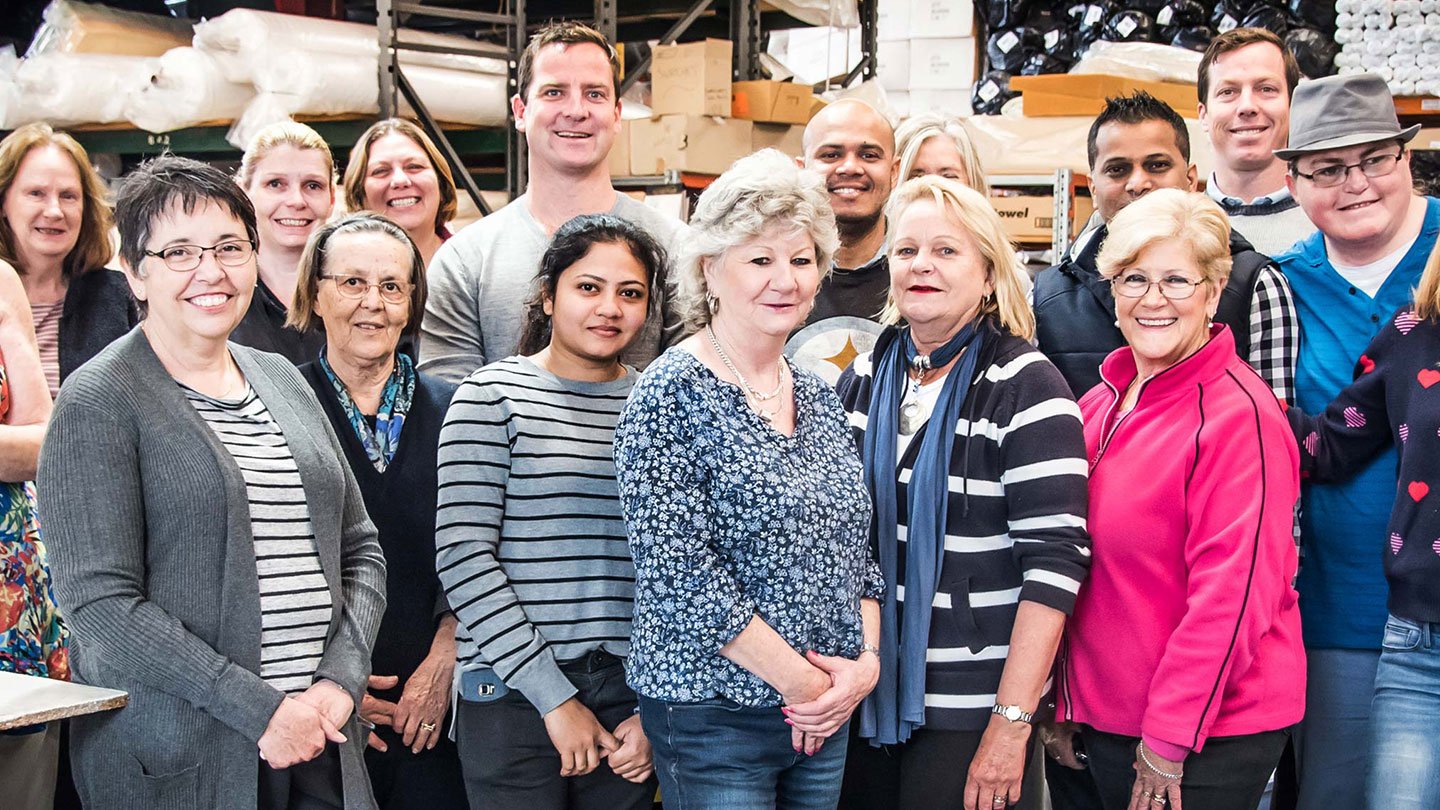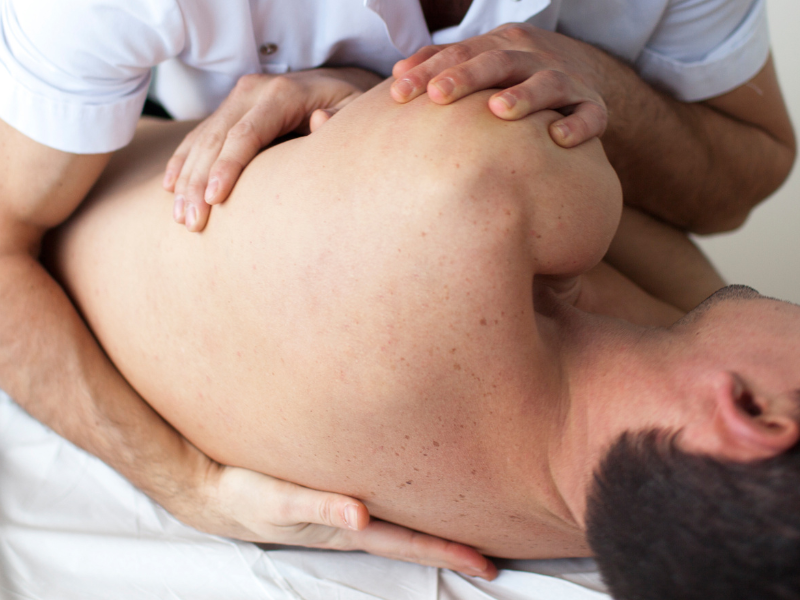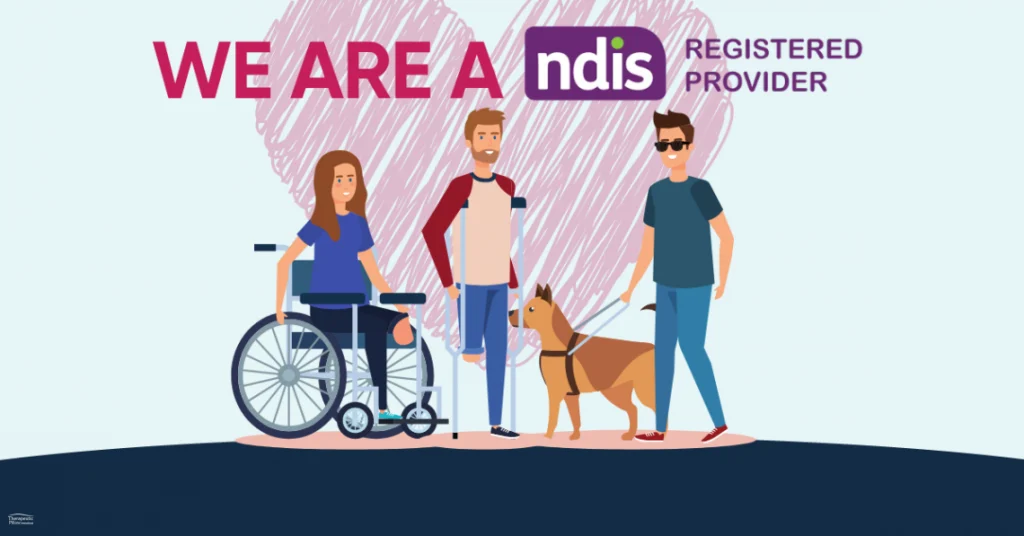Transitioning your kid from a cradle to their first bed can be challenging, and could have repercussions on your kid's health
You will get 100 answers from 100 health professionals, but so long as the pillow is not over soft and thus lacks even support for the neck and head, then you can safely say 3 years and over.
Before that your child is best to be left with no pillow ... at least that’s what we are told by health professionals. Particularly for children under 2 years.
Of course, there are many design and height and density factors that come into play with what pillow is for your child, and some 'children's' pillows are appropriate for infants three to four, while others cater for children from five up, and others for kids 7 and over.
The key is the even distribution of weight between the neck and head, ensuring the natural alignment of the spine is encouraged during sleep. In other words, keeping the neck supported, and the head cradled and aligned to the spine's natural curvature.
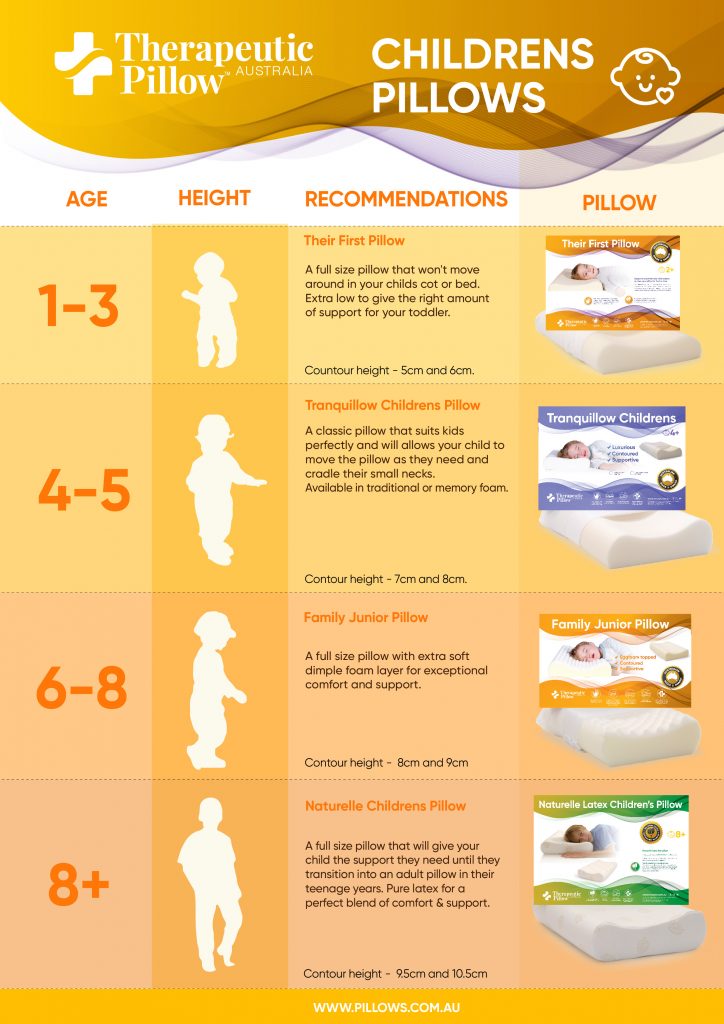
Factors to consider when selecting a pillow for a child
When selecting your kid's pillow, imagine your infant in the preferred side-sleeping position (less tension on the spine), check the gap between your child's shoulder blade and the base of his or her neck, and also factor in how far your child's shoulder sinks into the mattress, and then selected the pillow on that basis after further allowing for the distance your little ones face sinks into the pillow of choice.
So, to sum up, it is the cavity that is left between the shoulder blade and the base of the neck that has to be filled if the natural alignment is to be maintained. Try and calculate what this is and you have the ideal platform for your child through the night.
It’s not hard. Just press your fingers into the mattress, check the density of the pillow and allow for the sinking, and hey presto you have the equation down pat!
But be sure to get a contoured pillow, because if not your child's spine won't be naturally aligned during sleep. A contoured pillow supports the neck and cradles the head. An old-fashioned regular shape oval pillow simply supports the head and not the neck, and during the night is pushed further and further from the kids head. No good for your child's posture!
Therapeutic Pillow produces a number of children's pillows, including
- My First Pillow For boys and girls of 2 or more years old. Recommended from 2+ This pillow was created to help promote restful sleep for your youngster while understanding that he/she is not the same size as you. Kids need the proper size pillows to achieve a good night's sleep, which helps them thrive and bounce into the day after a good nights sleep
- Family Pillow in Junior profile for toddlers 7 years and older; The Tranquillow Children's pillow for children 3-7; and the Naturelle Low latex contoured pillow for children 8 years and upwards.
- Therapeutic Pillow also produces a Sleepaway Pillow in memory foam which is ideal also for children six years and up, but this is more a travel pillow due to its convenient size.
- Family Pillow, Naturelle Latex, and Tranquillow Children's Pillow have all been designed in conjunction with health professionals including physiotherapists (physical therapists), chiropractors, and osteopaths. Therapeutic Pillow has been producing children's pillows for over 30 years.
Do you want to learn more? Read our Frequently Asked Questions for...
Children can start using a pillow when they are around 1 to 2 years old. At this age, most children have developed the necessary neck and head control to safely use a pillow. It is important to choose a pillow that is appropriate for their age and size. Look for a children's pillow that provides proper support and is not too high or firm. A soft and hypoallergenic pillow made specifically for children is a good choice. Remember to regularly check the pillow for any signs of wear and tear, and replace it if needed to ensure your child's comfort and safety during sleep.
Using a pillow can help children have a more comfortable and restful sleep. However, it is essential to introduce a pillow at the right age to avoid any potential risks. Before the age of 1, it is generally recommended to avoid using a pillow as infants have limited neck control and may not be able to adjust their head position properly. As children grow older and their neck muscles strengthen, they can start using a pillow. When selecting a pillow for your child, opt for one that is specifically designed for children, ensuring it provides adequate support without being too high or firm. Regularly inspect the pillow for any signs of damage and replace it as needed to maintain your child's comfort and safety during sleep.
 0
0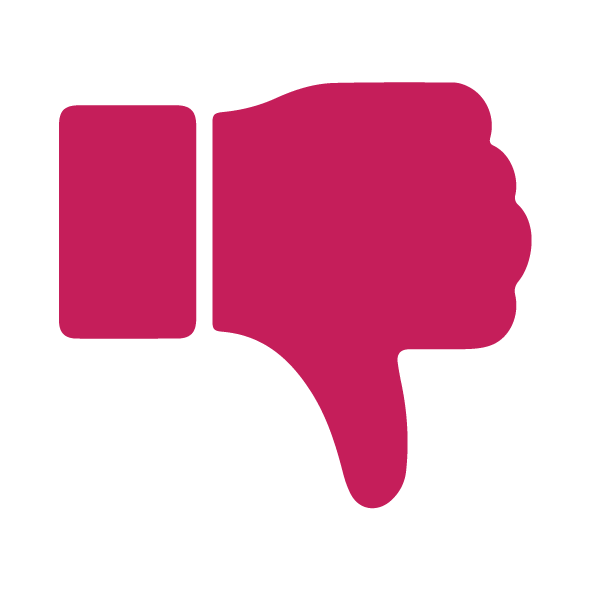 0
0
